Papal Conclave: How The Catholic Church Chooses Its Next Leader
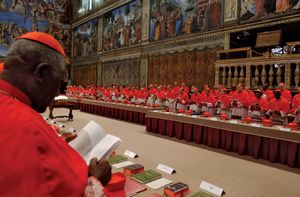
Table of Contents
The Sede Vacante Period: The Time Between Popes
The period between the death or resignation of a Pope and the election of his successor is known as the Sede Vacante (vacant See). This is not a period of inactivity; rather, it's a time of careful transition and preparation. The governance of the Church during this interregnum falls primarily to the College of Cardinals. The Sede Vacante is a crucial time for reflection and organization, ensuring a smooth handover of power and preparing for the upcoming Conclave.
- Key responsibilities of the College of Cardinals during the Sede Vacante: These include managing the day-to-day administration of the Vatican, overseeing the Papal household, and preparing for the Conclave itself. They also handle the complex logistical arrangements for the Papal funeral (if applicable) and the subsequent election.
- The temporary suspension of certain Papal powers: Certain powers and functions exclusive to the Pope are temporarily suspended during the Sede Vacante, ensuring no unilateral decisions are made before a new Pope is elected.
- Preparation for the Conclave: This includes setting the date, confirming the eligibility of Cardinal electors, and ensuring the logistical and security arrangements for the Conclave are in place. This preparatory phase is vital for the smooth functioning of the election process.
The Role of the Cardinals in the Papal Conclave
The heart of the Papal Conclave lies with the College of Cardinals. Only Cardinal electors, those under the age of 80, are eligible to participate in the Papal election. Their role is paramount; they are responsible for selecting the next head of the Catholic Church, a decision with global implications. The Cardinal Camerlengo, a particularly important figure, serves as a kind of interim administrator and plays a key role in overseeing the Sede Vacante period leading up to the Conclave.
- Number of Cardinal electors: The exact number varies depending on the number of Cardinals under 80 at the time of the vacancy.
- Qualifications to be a Cardinal elector: Besides being under 80 years old, Cardinals must be in good standing within the Church and possess the qualities deemed necessary to lead the Catholic faith.
- The importance of the Cardinal Camerlengo's role: He acts as the head of the College of Cardinals during the Sede Vacante and presides over many of the logistical aspects of the Conclave.
The Conclave: Location, Rules, and Procedures
The Conclave itself is typically held in the Sistine Chapel within the Vatican Palace. The proceedings are governed by strict rules and regulations designed to ensure secrecy and impartiality. The voting process involves a secret ballot, with each Cardinal casting their vote individually. A two-thirds majority is required for the election of a new Pope. The outcome of each ballot is signaled by smoke emitted from the Sistine Chapel chimney: black smoke indicates no election, while white smoke signifies the election of a new Pope – the fumata bianca.
- Secrecy within the Conclave: The secrecy surrounding the Conclave is legendary, designed to prevent outside influences and ensure the Cardinals can deliberate freely.
- The mechanics of the voting process: A complex and carefully controlled procedure is in place to ensure each vote is secret and properly recorded.
- What happens if no candidate receives the necessary votes: If no candidate secures the required two-thirds majority, voting continues until a Pope is elected.
- The significance of the "fumata bianca" (white smoke): The white smoke signals the end of the Conclave and the beginning of a new papacy.
Challenges and Considerations in the Papal Election
The election of a new Pope presents the Cardinals with significant challenges. They must consider a wide range of factors when making their decision, including balancing diverse viewpoints within the Church, addressing pressing global issues, and considering the future direction of the Catholic faith.
- Impact of global political and social issues: The challenges facing the Church today, from climate change to social justice issues, are global in scope. The next Pope will need to navigate these complex issues.
- The diversity of viewpoints within the Church: The Catholic Church encompasses a vast range of beliefs and perspectives. The Cardinals must consider this diversity when selecting a leader.
- The Pope's role in international relations: The Pope plays a significant role on the world stage, engaging with political leaders and advocating for peace and justice.
Conclusion
The Papal Conclave is a complex and fascinating process, steeped in centuries of tradition yet constantly adapting to the needs of a modern and globalized world. The choosing of the Pope is a momentous event, not just for the Catholic Church but for the world at large. Understanding the Papal election process, from the Sede Vacante period to the final fumata bianca, provides valuable insight into the governance and future direction of the Catholic faith. Learn more about the fascinating history and procedures of the Papal Conclave by exploring further resources [link to related articles/resources]. Understand the intricacies of this significant event in the Catholic Church and deepen your understanding of the Papal election process. Stay informed about future Conclave proceedings to witness this momentous occasion in the life of the Catholic faith.

Featured Posts
-
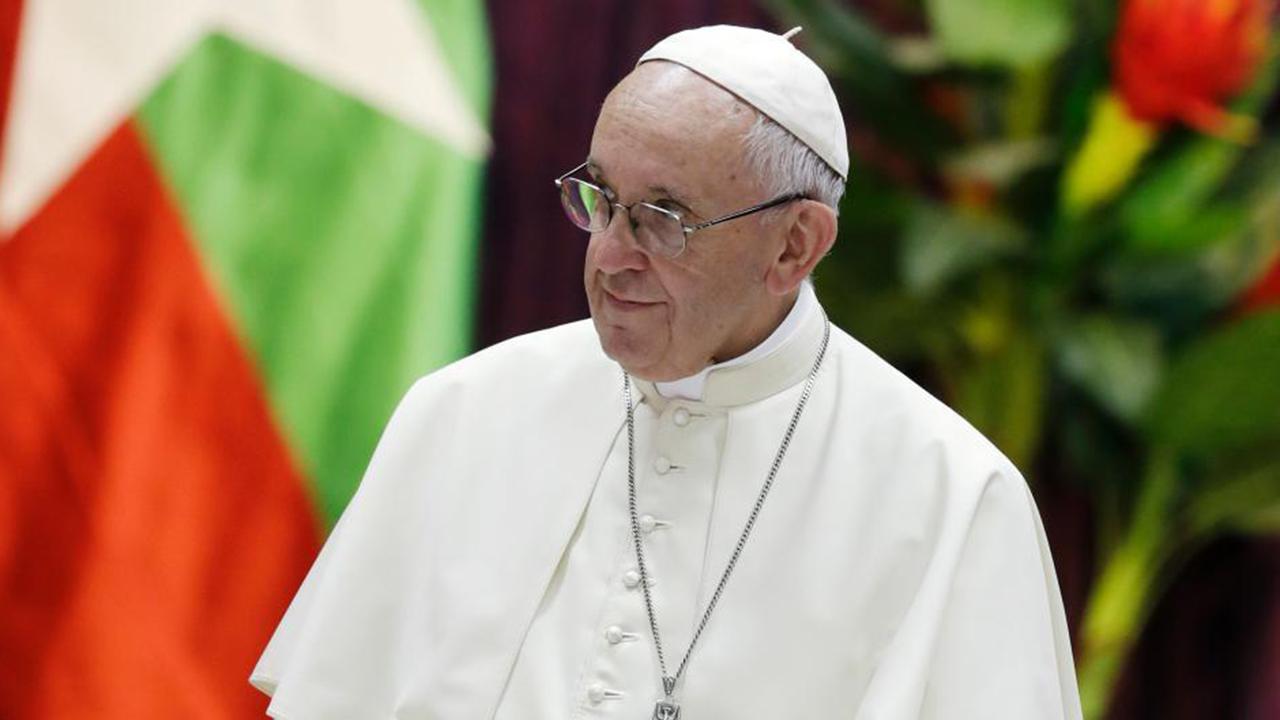 The Passing Of Pope Francis Reflecting On A Compassionate Papacy
Apr 22, 2025
The Passing Of Pope Francis Reflecting On A Compassionate Papacy
Apr 22, 2025 -
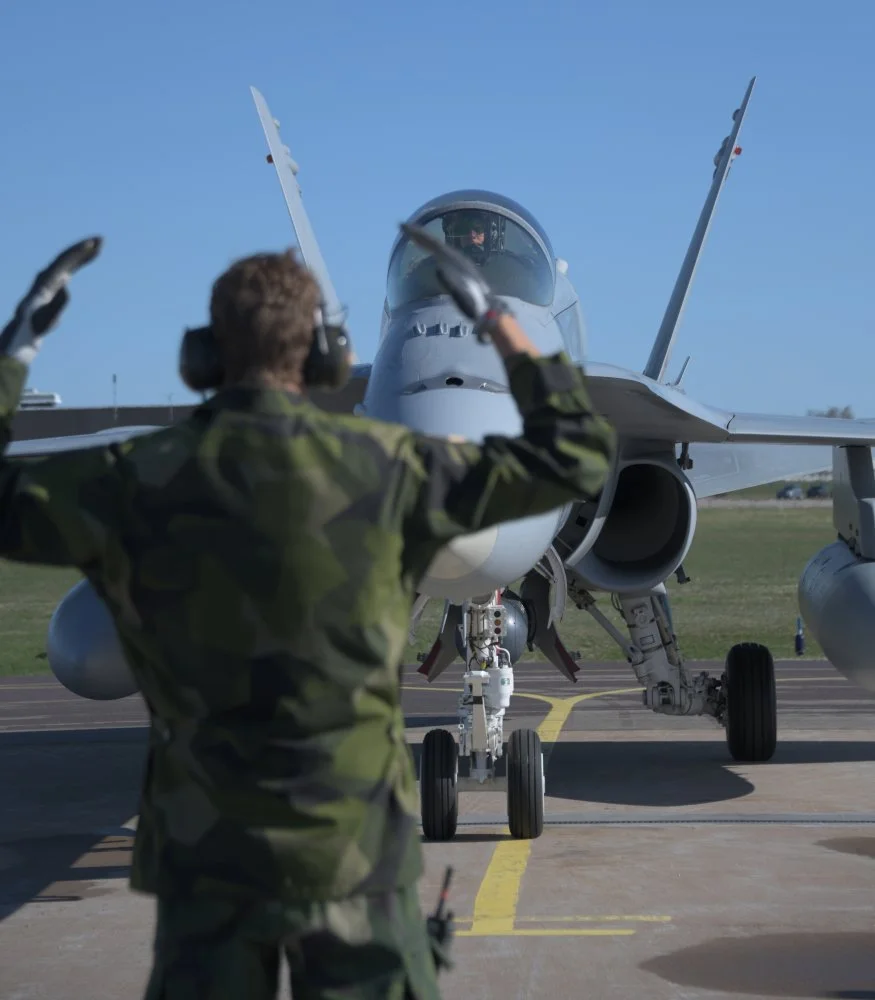 Exploring The Potential Of A Joint Swedish Finnish Military Force
Apr 22, 2025
Exploring The Potential Of A Joint Swedish Finnish Military Force
Apr 22, 2025 -
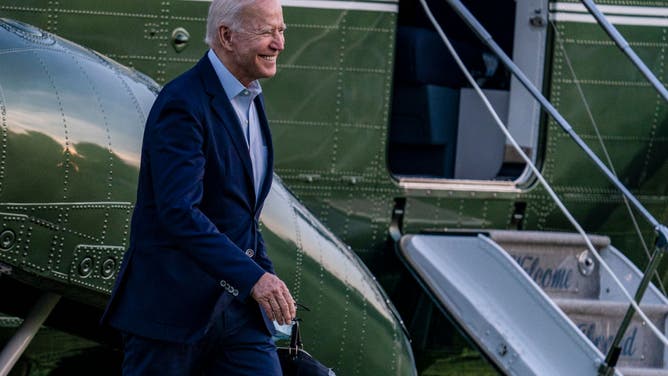 Secret Service Closes White House Cocaine Investigation
Apr 22, 2025
Secret Service Closes White House Cocaine Investigation
Apr 22, 2025 -
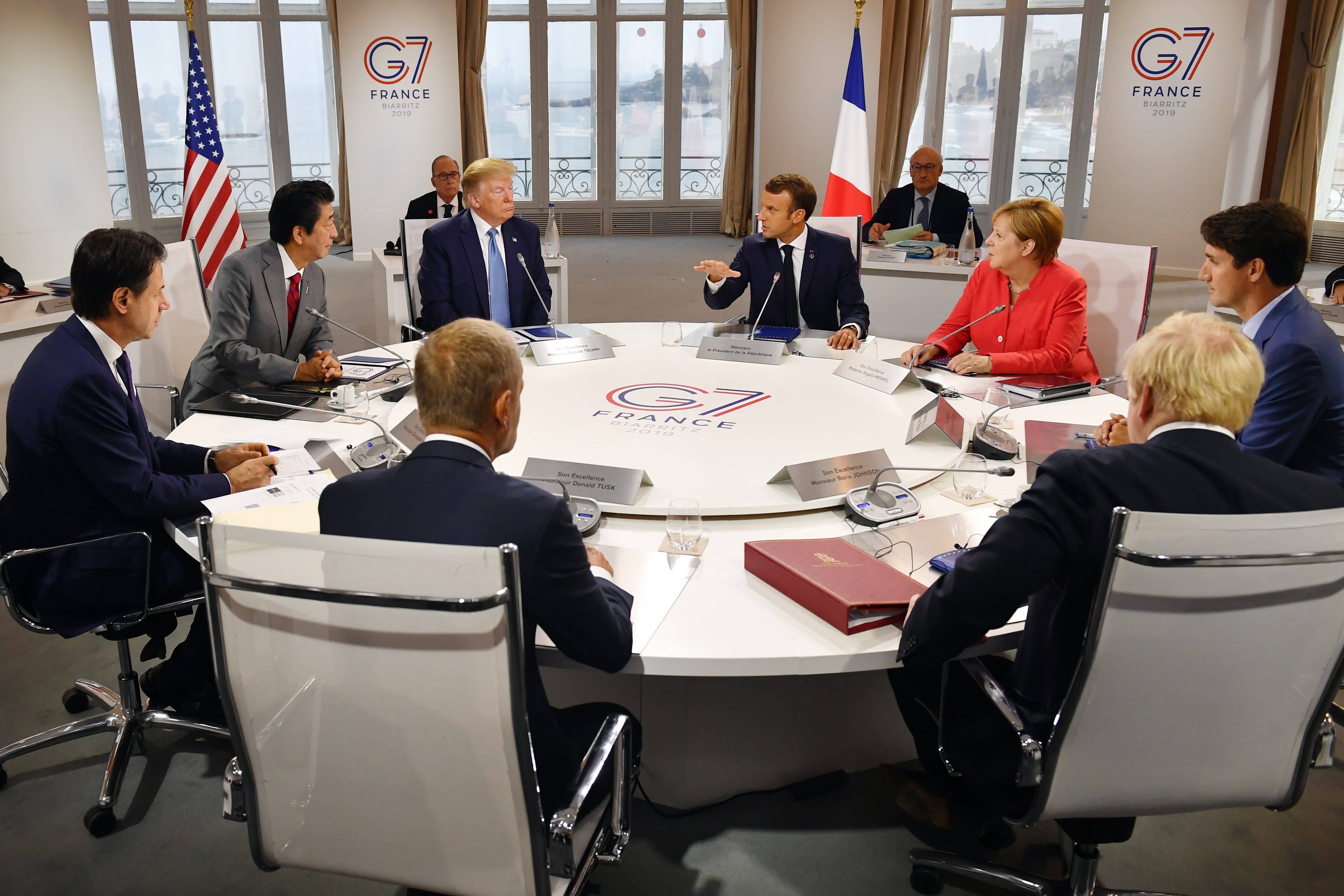 How Trumps Trade Policies Affected Americas Global Financial Position
Apr 22, 2025
How Trumps Trade Policies Affected Americas Global Financial Position
Apr 22, 2025 -
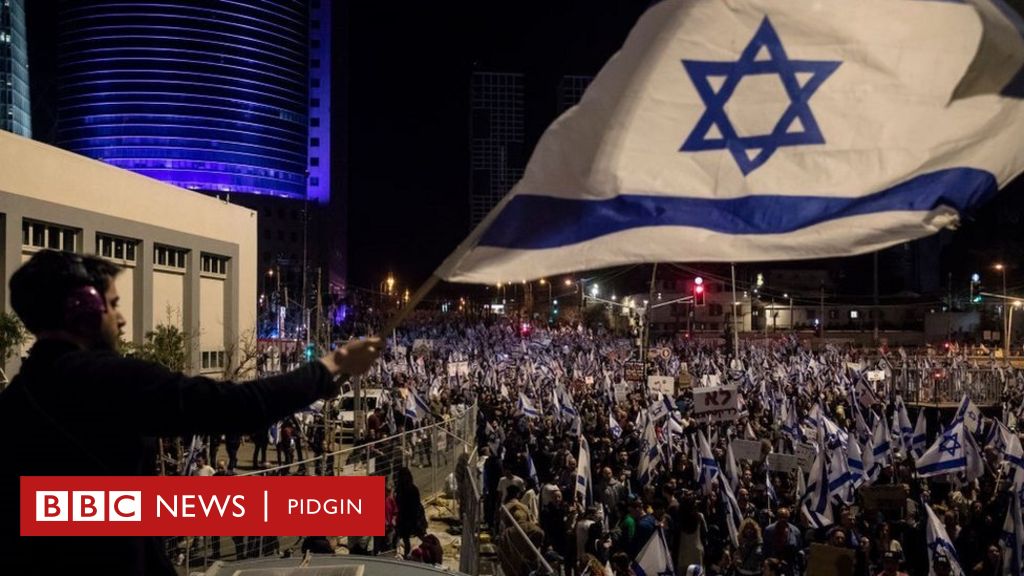 Recent Us Protests Key Issues And Trumps Response
Apr 22, 2025
Recent Us Protests Key Issues And Trumps Response
Apr 22, 2025
